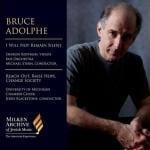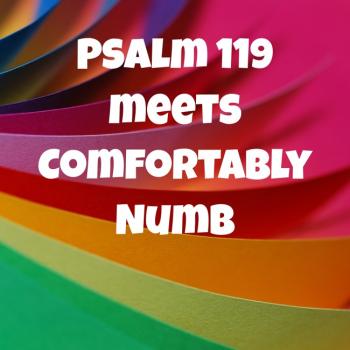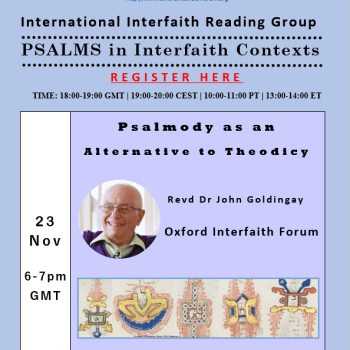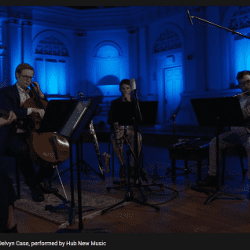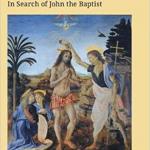Yesterday was the day in my Bible and music class when we focus on metrical Psalms. That means it was the day I bring a guitar with me. This time I had a digital piano as well, which wasn’t too hard to accomplish since I was in my office and they were on Zoom. It was a very different way of doing things than anything I had tried previously. I turned my computer monitors around and made various other adjustments so that I could teach while sitting at the piano. I was surprised at how smoothly the technology allowed the entire thing to be. Having two monitors was so helpful. I often had a PowerPoint slide with lyrics shared via Zoom but with the second monitor I also had the screen visible to me with what was coming next. If you have ever tried communal singing via Zoom you will know that that is not an option (the delay quickly leads to it becoming a disjointed cacophony). I encouraged them to sing along with me when they knew a melody with their microphones muted. I was sorry they could hear only me, but happy to see at least some of them singing along.
I started off with some background about the Protestant Reformation and some examples of Psalms as well as paraphrases. Isaac Watts’ translation and paraphrase of Psalm 100 as well as Old Hundredth worked well as a basis for a conversation about that, and of course the fact that the tune of Old Hundredth is more familiar to some as the melody for the Doxology illustrates the point of how words can move from one melody to another with the same meter. In the case of Martin Luther’s adaptation of Psalm 46 in A Mighty Fortress, I ask students to look for what he has dropped and added in the process of writing this famous hymn.
I also use Yankee Doodle as an example of why accent/stress and not only number of syllables matters (try singing Amazing Grace to that tune if you’re not sure what I mean). To get the class singing at least one complete metrical Psalm together to a familiar tune I used Psalm 23 from the Scottish Psalter and the melody we know as Amazing Grace, while seizing the opportunity to point out that that isn’t the original melody precisely to this approach to communal singing using metered words and a range of possible melodies.
It was refreshing to have a group of students for whom my examples using House of the Rising Sun, Peaceful Easy Feeling, Ballad of Jack & Diane, Black Dog, Another Brick in the Wall, The Lion Sleeps Tonight, and the Gilligan’s Island theme song were familiar enough to bring a smile to at least some of their faces. (I was short on time and so skipped Light My Fire and Renegades). The first time I did this activity in 2017, almost none of the students in the class knew any of the songs, and even they only knew one or two, which made the activity far less meaningful. That most recent of songs in the bunch is already dated and was never a big hit and so the classic rock examples are more likely to remain familiar. But I clearly need to continually update my collection of melodies to use to illustrate the point and how metrical Psalms work. Any suggestions for others to add to the list? Is there a website where someone maintains an ever-growing list of the meters of popular songs? If so that would be an important resource for me to know about.
We start the class with the Bay Psalm Book, since it was the first English book printed in the Americas and the first book printed period in colonial North America. (It seems important to point out that the first book published in the Americas was in Mexico and not in English.) What Protestant settlers from England chose to prioritize printing also helps make the point about the emphases of Protestantism as reflected in its approach to music.
One reason this is an important topic in the course is that students are required to do a final project that creates a musical work. If they wish they can write a new song, but I reassure them that I am aware that not all of them have a background in music that would facilitate that. But they can all adapt biblical words to an existing melody.
In addition to the many historic collections of metrical Psalms that can be found online, new ones continue to be created and published, indicating that they are not merely of historical interest for studying the past, but that past is part of a living tradition that continues to the present day.


